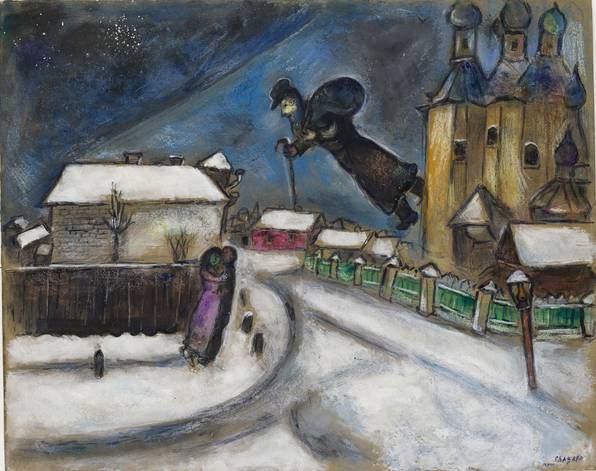
One of the joys and stresses of an international move is all the de-cluttering that happens! Knowing you pay for every box does focus the mind and I gave/threw away so many things before moving back across the channel nearly 3 years ago. And yet I still had so.much.stuff.
“What is your most valued possession?”
Out of all that, what would I have chosen had someone asked me that question? Immediately, I think of items that hold sentimental value, things that remind me of people and times that are precious to me. Practicality doesn’t come into it, probably because (thankfully) I have not had to experience life reduced to the bare minimum.
“What is your most valued possession?”
That is the question photographer Brian Sokol asked a number of Sudanese and Syrian refugees. The result is a deeply moving series of portraits you can see here.
“What is your most valued possession?”
A jerrycan for water, a sword to defend the family with, a diploma to be able to continue her education, a ring her mother had given her, a mobile phone that lets him keep in touch with family. From the very practical to the deeply personal and significant.
Possessions.
Sometimes they seem so important. And some of them are, because of the memories they hold, because they are irreplaceable. And then they’re gone. Because your home gets broken into and stuff stolen (as happened to my parents a few weeks ago). Or because all your possessions are destroyed. This is what happened to both my mum’s and my dad’s families 70 years ago, in the bombing raids on Hamburg.
While I am sad for the things that have been lost, these reminders have also made me more thankful for what I do have. And, more than anything, that even with the tangible reminders gone, the memories are still there to be treasured.
THANK YOU to Marilyn at communicating.across.boundaries for the inspiration and challenge in her blog post “What would you take?“!






